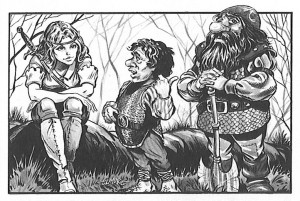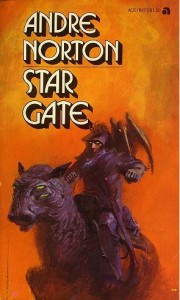Raven Feather Boat: if a dead person is put at the helm and the boat is sent adrift down a river, it will, after several hours, take all inhabitants to the shadowfell.
This feather boat’s power is discovered only when the PCs find the one black feather on the swan boat’s body.
While some items may get mechanically better (for instance, a +1 sword becomes a +2 sword), it’s more challenging to improve items that don’t have numeric bonuses. I thought I’d go through the Wondrous Items in the 4e Player’s Handbook and give examples of how each could gain powers that reflect their history.
Feather Boat of the Northern Mists: While the feather boat is in motion, the boat’s steersman may use a minor action to render the boat and all its passengers invisible. If the boat stops, or any of the boat’s occupants make an attack, it becomes visible for the next five minutes.
The northern barbarians know the secret test which must be performed to unlock this special power.
Swanmay boat: Besides a feather token and a boat, the token can also take on its true form once a day for up to an hour: a swanmay, a fey woman with swan wings. The swanmay can fly, has defenses of 26, and, if hit, returns to token form. In swanmay form, the token is under no obligation to follow orders, but may help the PCs if she trusts them. In swanmay or boat form, this token can speak elven and common.
The boat’s swanmay form is discovered only when the swanmay first chooses to show herself.










